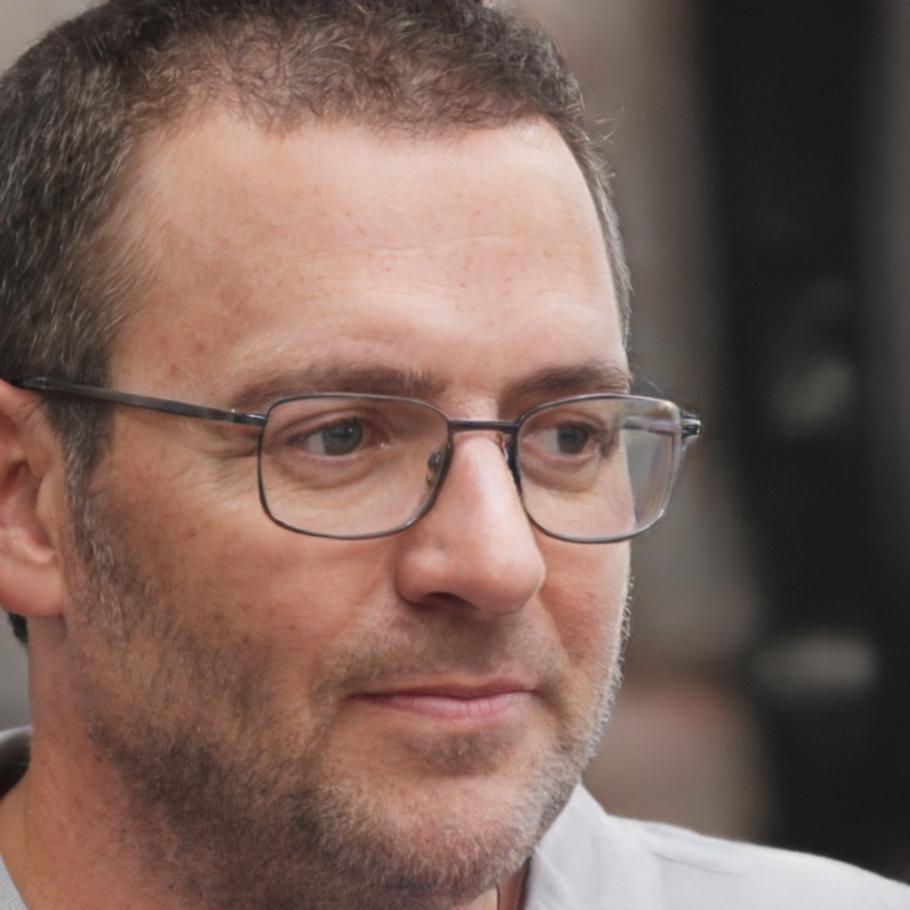Master Capital Allocation Through Real Business Scenarios
Learn how successful Australian businesses actually deploy resources, prioritize investments, and build financial frameworks that scale. Our autumn 2026 program brings you inside real decision-making processes.
Explore Program StructureBeyond Spreadsheets: How Allocation Really Works
Most training covers theory. We start with the messy reality. You'll see actual budget meetings, review real investment proposals that got rejected, and understand why companies choose one project over another when both seem promising.
Our instructors have spent years in finance roles across retail, manufacturing, and services. They've made allocation mistakes and learned from them. That context matters more than textbook frameworks.
Each module dissects a different company size. What works for a $2M business breaks completely at $20M. We show you where those inflection points happen and what adjustments successful teams made.

Three Core Disciplines You'll Practice
We've broken complex allocation decisions into three areas that matter most in day-to-day finance work. Each builds practical judgment through repeated application.
Resource Trade-offs
Every dollar to marketing is a dollar not in product development. You'll practice making these choices under realistic constraints, with incomplete information and competing stakeholder demands.
Timeline Evaluation
Should you invest in efficiency improvements that pay back in three years, or customer acquisition that shows returns in six months? We work through scenarios where both timing strategies made sense.
Risk Assessment
Not the mathematical kind. The practical kind. When do you commit to a vendor contract versus staying flexible? How much reserve do you actually need? These questions have nuanced answers.

How Our Learning Process Actually Works
Review the Raw Context
Each week starts with unfiltered company data. Financial statements, growth projections, team capacity constraints, and strategic goals. You'll identify what information matters and what's distraction.
Build Your Recommendation
Working individually, you'll create an allocation proposal. Where should funds go? What gets delayed? What assumptions are you making? This mirrors how finance teams actually prepare for budget meetings.
Compare Approaches
Small group sessions where everyone presents their thinking. You'll see how different people prioritize differently, and why reasonable professionals can disagree on allocation when facing the same data.
Learn What Happened
Finally, we reveal what the company actually did and how it played out over the following year. Sometimes they succeeded. Sometimes they didn't. Both outcomes teach valuable lessons about allocation judgment.
What Past Participants Are Saying
The case study approach changed how I think about budget planning. Before this, I was just adjusting last year's numbers. Now I actually understand what drives allocation decisions and can have better conversations with leadership.
I appreciated seeing where companies got it wrong. Most programs only show success stories. Learning from real mistakes helped me avoid similar issues in my own business when we scaled from three to twelve employees last year.
Ready to Strengthen Your Allocation Skills?
Our next program begins September 2026. Limited to 18 participants to maintain quality discussion and individual feedback. We're happy to answer questions about curriculum fit and program structure.
Get in Touch
